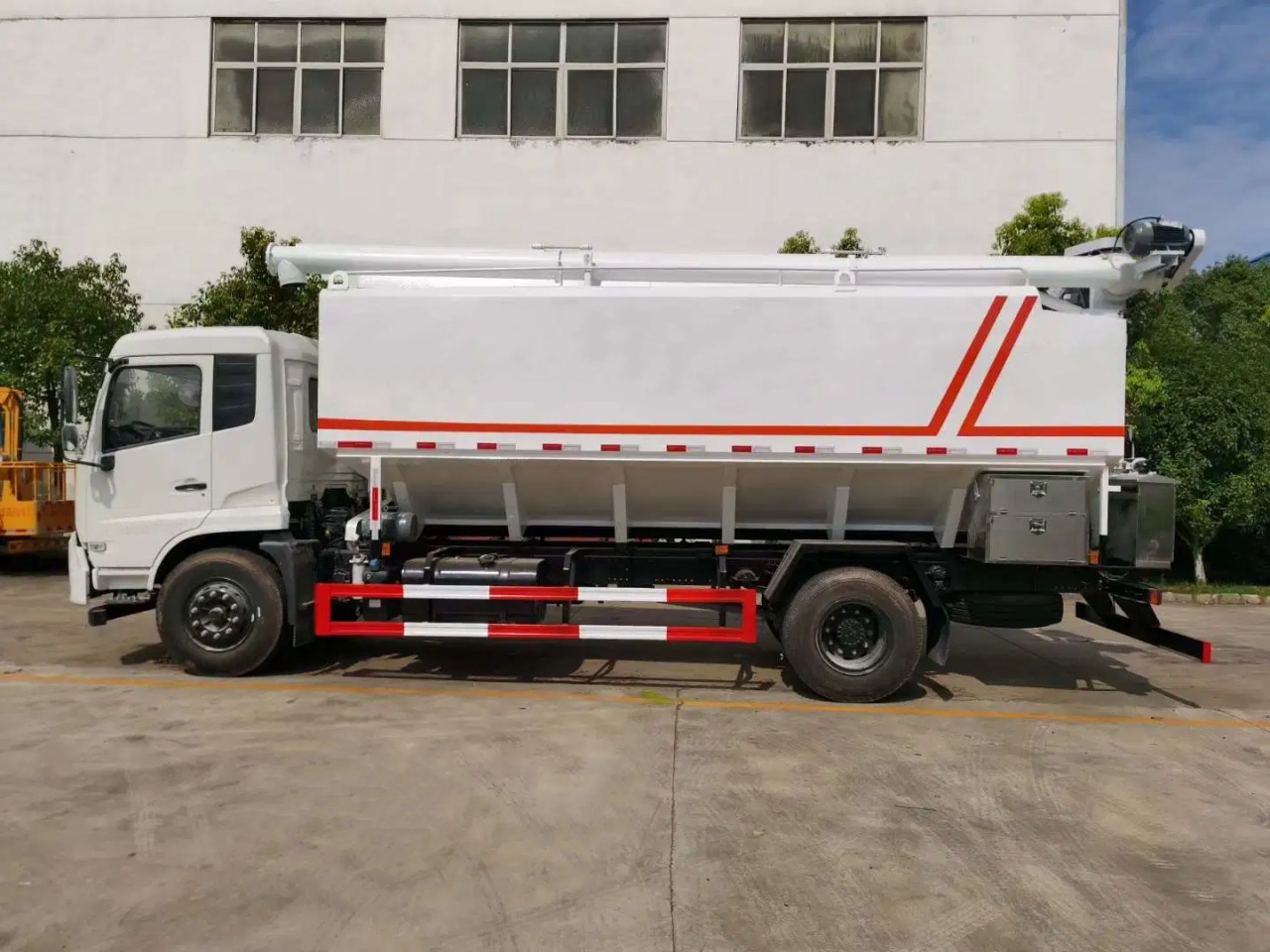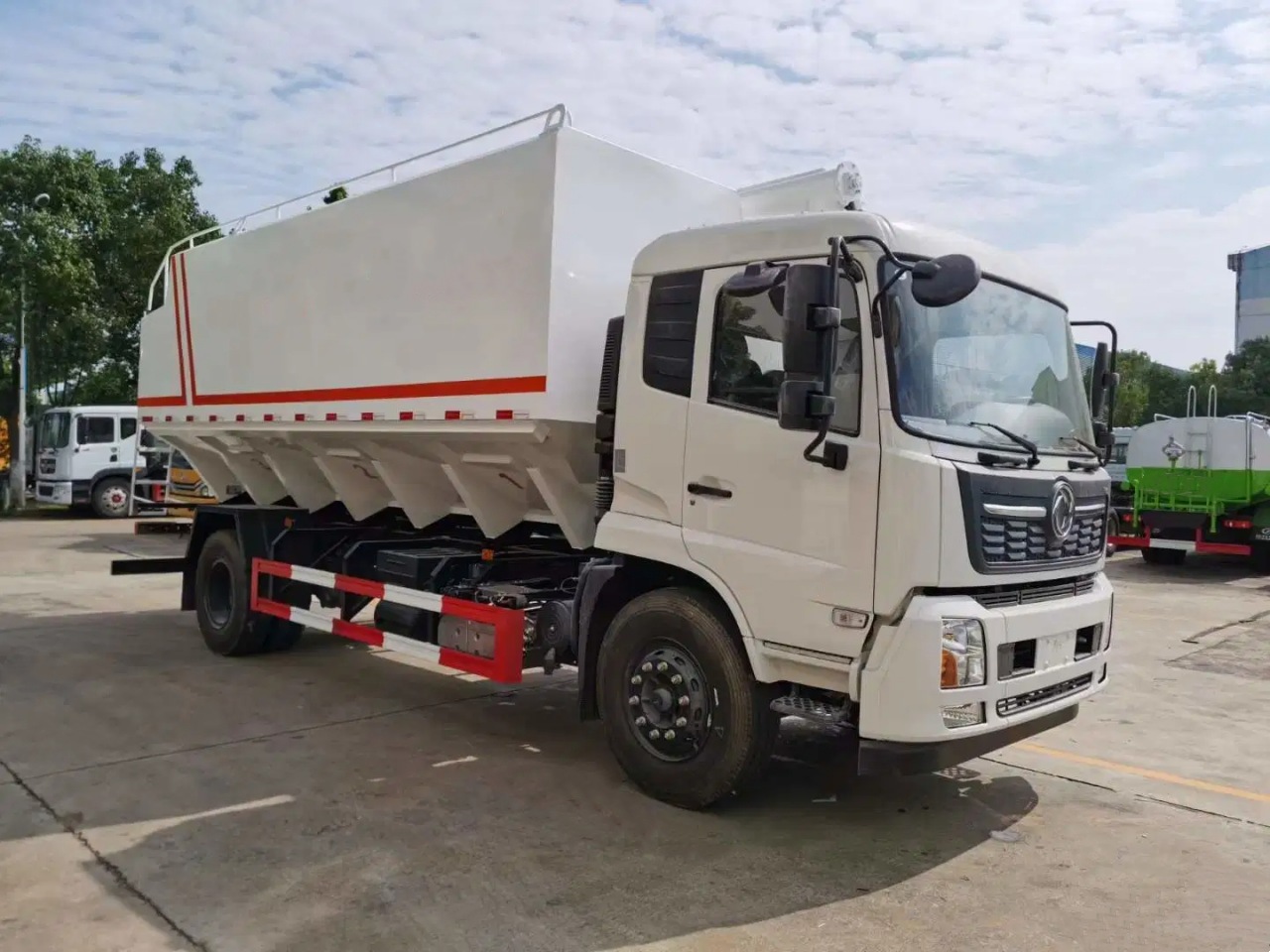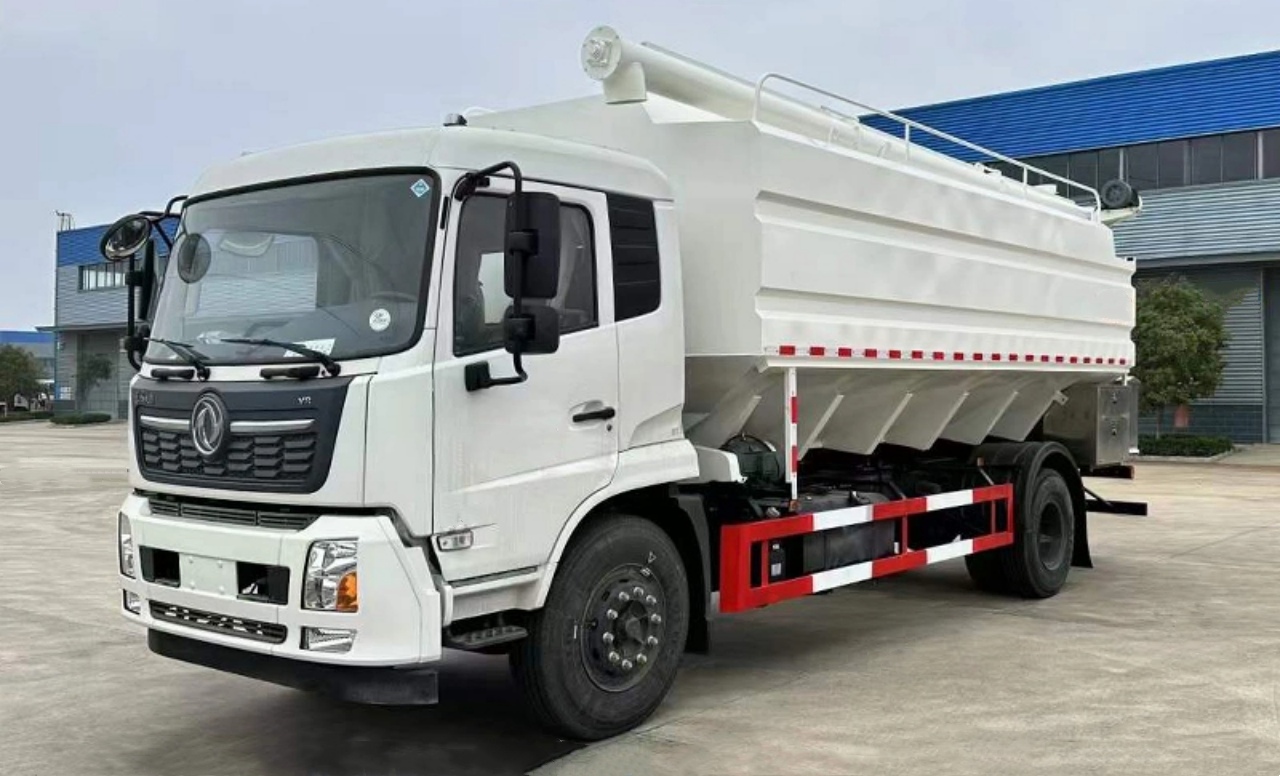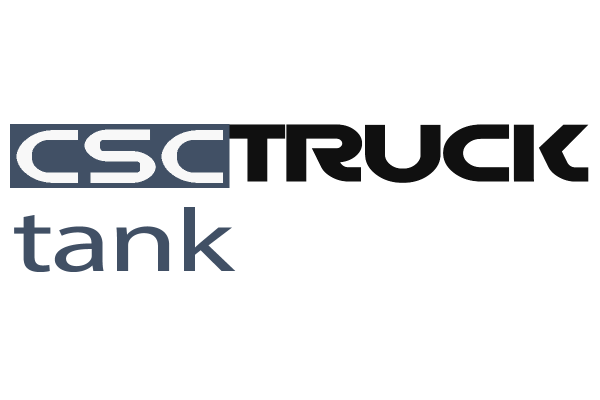Dry bulking refers to the transportation of dry bulk commodities using specialized trucks designed to handle various types of materials without the need for liquid containment. This method of transport plays a crucial role in industries ranging from construction to agriculture, providing efficient logistics solutions for moving large quantities of goods.
Overview of Dry Bulking Trucks
Dry bulk trucks are specifically designed to transport free-flowing materials such as grains, cement, sand, gravel, and fertilizers. Unlike tank trucks that carry liquids or gases, dry bulk trucks feature enclosed compartments or trailers that prevent spillage and contamination during transit. These vehicles are equipped with pneumatic systems or conveyors for efficient loading and unloading of bulk materials, ensuring smooth operations at both pickup and delivery points.

Types of Dry Bulk Materials
Dry bulking encompasses a wide range of materials, each requiring specific handling techniques and truck configurations:
- Agricultural Products: Includes grains like wheat, corn, and rice, as well as seeds and animal feed. These materials are vital for the farming sector and require careful handling to prevent contamination and preserve quality.
- Construction Materials: Such as sand, gravel, cement, and various aggregates used in building and infrastructure projects. These materials are transported in bulk to construction sites, where they are essential for concrete production, road building, and landscaping.
- Chemicals and Minerals: Dry bulk trucks also transport minerals, such as gypsum and coal, as well as various industrial chemicals used in manufacturing processes. Specialized handling procedures ensure safety and compliance with regulatory standards for hazardous materials.
Technical Specifications of Dry Bulk Trucks
Dry bulk trucks are designed with specific features to accommodate different types of materials:
- Compartmentalization: Multiple compartments within the truck allow for the transport of different materials simultaneously or the separation of loads to prevent contamination.
- Material-Specific Loading Systems: Pneumatic systems or conveyor belts facilitate efficient loading and unloading of bulk materials without manual handling, reducing labor costs and improving operational efficiency.
- Sealing and Safety Features: Tight seals and secure locking mechanisms prevent leaks and ensure the integrity of the cargo during transport. Safety measures such as emergency response kits and compliance with regulatory standards are crucial for transporting hazardous materials.

Operational Considerations
Efficient logistics management is essential for optimizing the transport of dry bulk materials:
- Route Planning and Optimization: Selecting the most efficient routes minimizes transportation costs and reduces delivery times, especially for time-sensitive materials like perishable agricultural products.
- Maintenance and Fleet Management: Regular maintenance of trucks and equipment ensures reliability and extends the operational lifespan of vehicles. Fleet management systems monitor vehicle performance, fuel efficiency, and compliance with maintenance schedules.
- Environmental and Regulatory Compliance: Adhering to environmental regulations and safety standards is critical for minimizing environmental impact and ensuring the safety of personnel involved in the transportation process.
Challenges and Innovations in Dry Bulking
Despite its efficiency, dry bulking faces several challenges:
- Handling and Storage: Some materials require specialized handling due to their abrasive nature or susceptibility to moisture, which can affect quality and usability.
- Market Demand and Seasonal Variations: Fluctuations in market demand and seasonal variations in agricultural production influence the volume and frequency of dry bulk transportation.
- Technological Advancements: Innovations in truck design, such as lightweight materials, advanced telemetry systems, and automated loading/unloading technologies, enhance operational efficiency and reduce environmental impact.

Future Trends
The future of dry bulking is influenced by technological advancements and sustainability initiatives:
- Electric and Alternative Fuel Vehicles: The Adoption of electric and alternative fuel vehicles reduces carbon emissions and enhances energy efficiency in logistics operations.
- Digitalization and IoT: Integration of digital platforms and Internet of Things (IoT) technologies improves real-time monitoring of cargo conditions, vehicle performance, and supply chain visibility.
- Circular Economy Initiatives: Recycling and reuse of materials contribute to a more sustainable approach to dry bulking, minimizing waste, and conserving natural resources.
Conclusion
Dry bulking plays a vital role in the global supply chain by facilitating the efficient transport of dry bulk materials essential for various industries. From agricultural products to construction materials and industrial chemicals, specialized dry bulk trucks ensure safe and reliable delivery while adhering to stringent regulatory and environmental standards. As technology continues to evolve, innovations in truck design and logistics management will further enhance the efficiency and sustainability of dry bulking operations, shaping the future of transportation in the 21st century.


